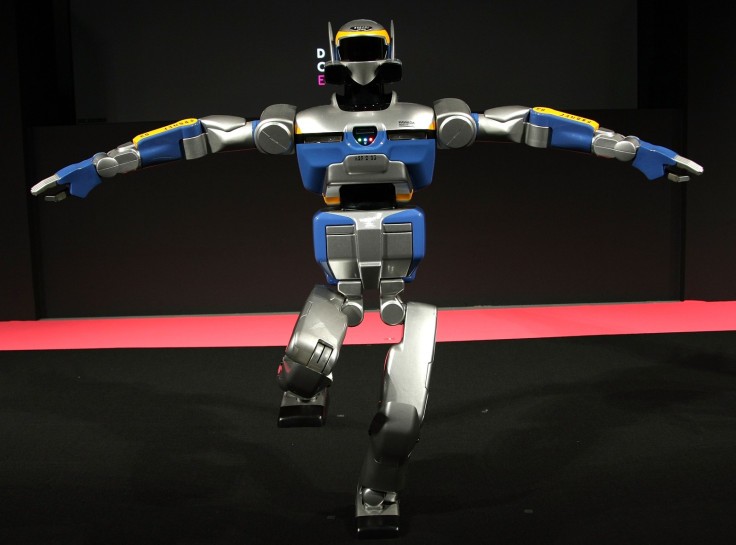Japanese robot teaches itself how to move heavy weights like a human

Robotics scientists from the University of Tokyo have shown that when a robot is given a heavy object and commanded to move it, its brain figures out what to do the same way humans do.
The humanoid robot HRP-2 Promet is a research robot originally designed by Kawada Industries, which is now being used by Japanese government-sponsored research programmes to build a next-generation industrial robot that can build and construct objects to help humans out.
One common task on a construction site is moving building materials around, and the researchers wanted to see if they could programme a robot to understand enough about friction so that it could shove a heavy object.
If you have ever tried to move a heavy box, crate or wardrobe, you will know that there are different postures you can take to move it, whether it is putting your shoulder into it, turning sideways and shoving it with your hip, or leaning against it with your back and shoving with your legs.

The researchers from the Jouhou System Kougaku Laboratory at the University of Tokyo showed that the HRP-2 analyses the heavy object and then pre-computes several different pushing postures that exert increasing amounts of force.
It tries each posture, and if the object still does not move, it autonomously tries to figure out different poses until it finds one that moves the object.
The robot also prevents itself from falling over while moving the heavy object by modifying its footsteps to be smaller or bigger, and it is able to tilt its body to varying degrees and turn its limbs together to fit a particular strategy.
The paper, entitled "Whole-Body Pushing Manipulation With Contact Posture Planning of Large and Heavy Object for Humanoid Robot", was presented by Masaki Murooka, Shunichi Nozawa, Yohei Kakiuchi, Kei Okada, and Masayuki Inaba from the University of Tokyo at ICRA 2015 conference in Seattle at the end of May.
© Copyright IBTimes 2025. All rights reserved.






















